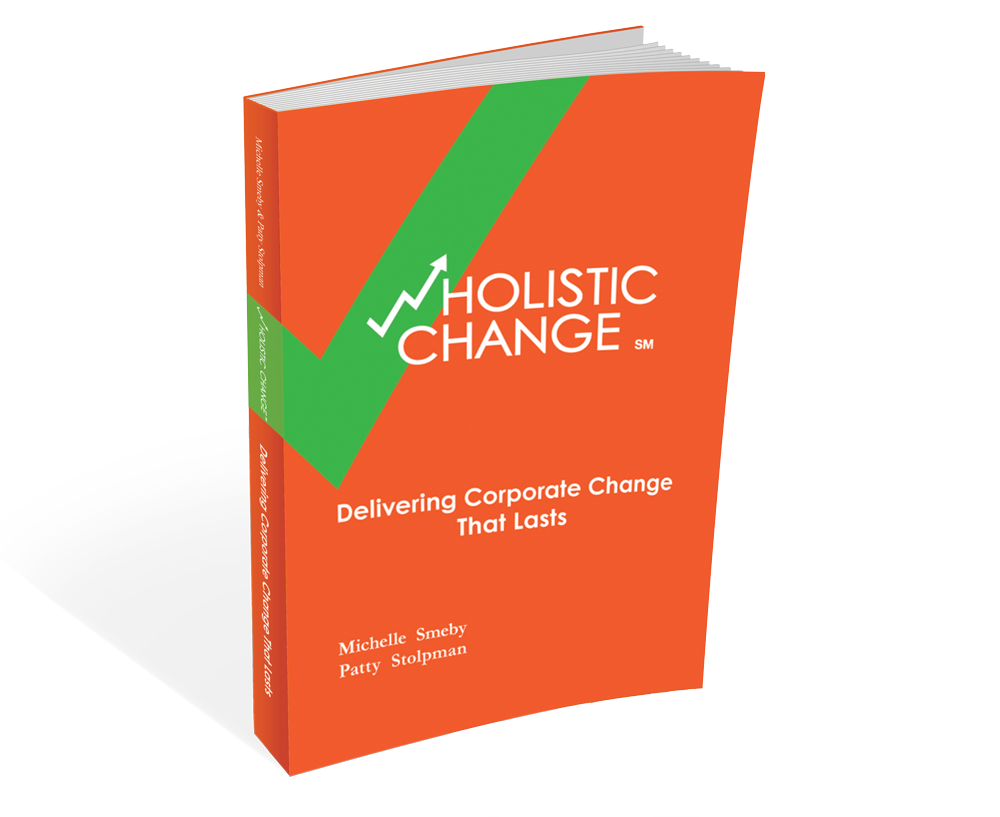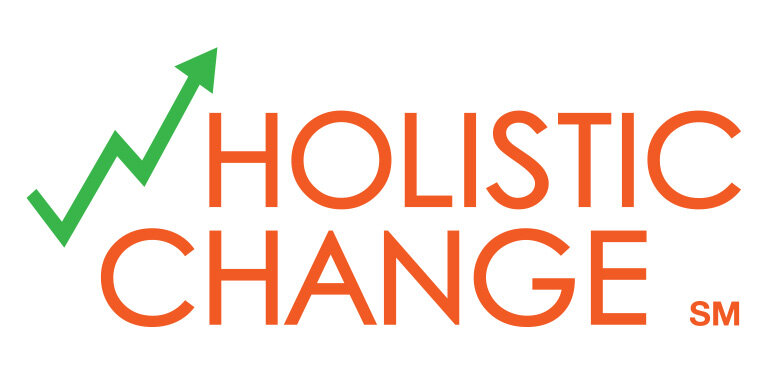If process changes or improvements are part of your future, take the time to thoughtfully design your new process.As we discussed in earlier blog posts, an important starting point is a complete understanding of your current world. Where are the shortcomings, where are the bottlenecks, where are the places that you’re losing quality, etc.For each of the identified pain points or opportunities in your current process, how will you engineer that for the future -- what new or changed service or product will the future process need to provide, what will the process look like, who will be doing it, and what does the technology look like to support the process.As you’re designing, think about all the places where your new process can fall apart and decide how likely each of these failures are to occur, and how big of a problem is created at the failure. When you have identified a likely failure and the impact of the failure is significant, design a mitigation strategy into the new process -- have a failback plan embedded that is ready to go if the failure ever surfaces.There are several good methodologies for doing process engineering -- for example; Lean Six Sigma -- apply one of those methodologies if the scope of your change warrants it. Recognize that if you are going to apply a new methodology that you are not familiar with as an organization, that is a change in and of itself and you will need to include the time and effort it will take to get up to speed on the new methodology in your overall change plan.With your current state in mind and your design for the future laid out, you can begin your deployment planning for how to make the shift.

